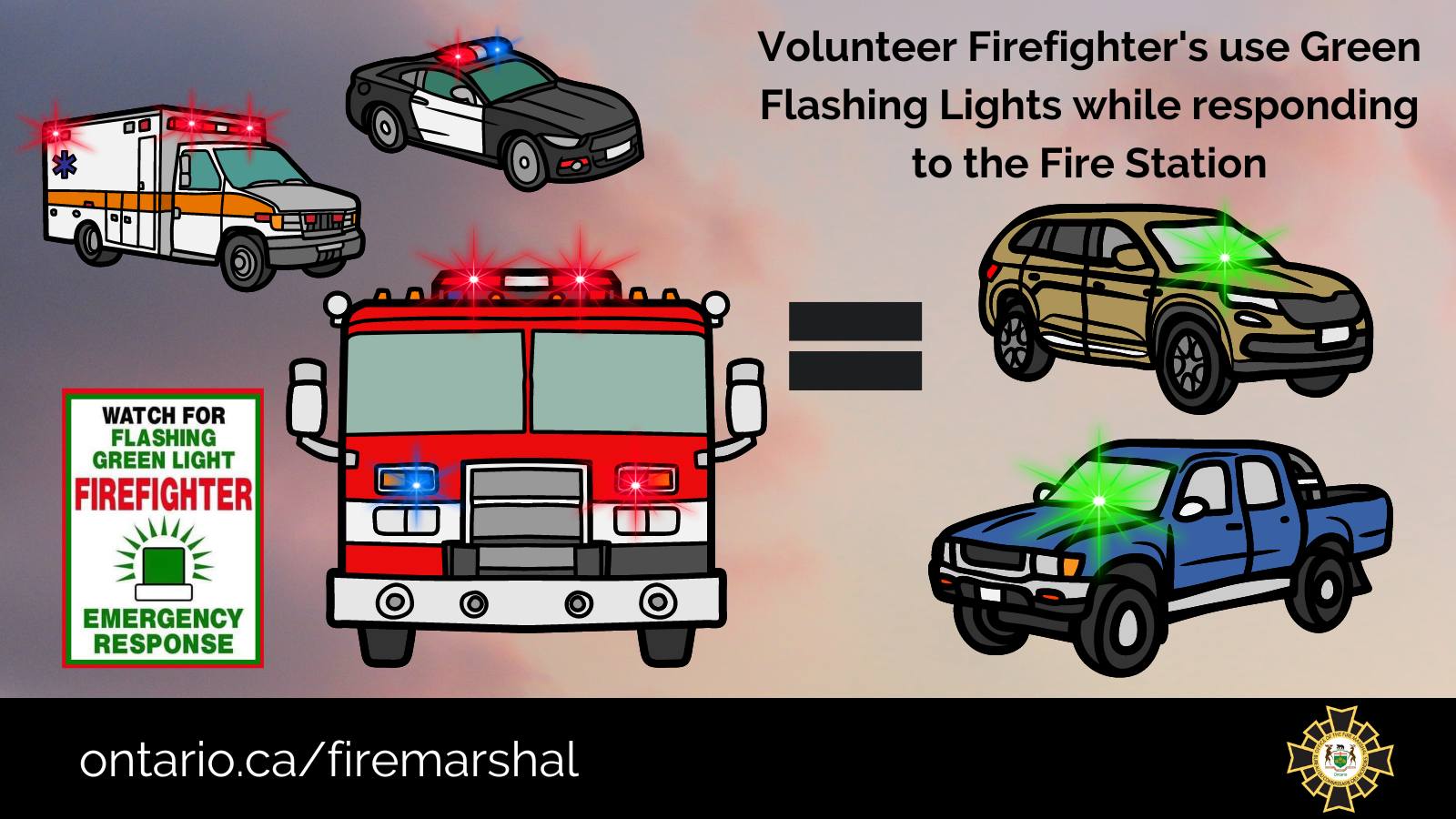
Understanding Firefighter Responders’ Green Lights
.In many regions, volunteer firefighters use flashing green lights in their personal vehicles when responding to emergency calls. Unlike the red and blue lights used by police and fire trucks, these green lights do not grant special driving privileges. These merely serve as a courtesy signal to alert other drivers. The purpose is to help firefighters reach their stations or emergency scenes quickly and safely. The lights help by reducing response times in critical situations. Public awareness of these lights is essential, as many drivers may not recognize their significance.
How Green Lights Assist Volunteer Firefighters
Volunteer firefighters often respond from home, work, or other locations. This means they must drive to the fire station before heading to an emergency. The green flashing lights indicate that they are en route to an urgent call. By encouraging other drivers to yield or allow them to pass when safe. While not legally required, pulling over for a vehicle displaying a green light can make a difference in life-threatening situation. In these situations every second counts.
Public Awareness & Safety Considerations
Despite their importance, many drivers are unaware of the meaning behind firefighter green lights. Some municipalities have launched public awareness campaigns to educate residents. Signage also help ensure that more people recognize and respond appropriately when they see a flashing green light. Understanding these signals can improve emergency response efficiency and support the vital work of volunteer firefighters.
Encouraging Respect for Emergency Responders
Firefighters dedicate their time and risk their lives to protect communities. Small actions—like yielding to a green light—can help them do their jobs more effectively. Whether responding to fires, medical emergencies, or rescues, volunteer firefighters rely on community cooperation to reach their destinations swiftly. By spreading awareness and encouraging respect for these signals, we can all contribute to safer and faster emergency responses.